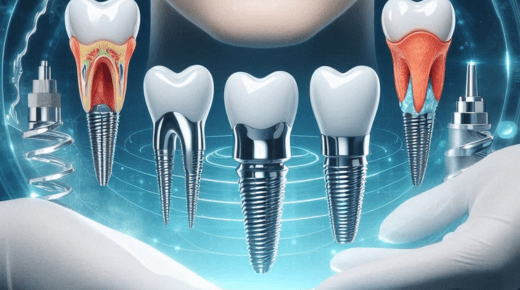Welcome to the future of a radiant smile. In our journey through the advances of cosmetic dentistry, we have reached an exciting era – the era of dental implants. Gone are the days of old, ineffective methods. Now, we have revolutionary tools like silverlake invisalign® and dental implants. This new approach is more than a solution. It’s a revolution and it’s transforming lives, one smile at a time.
The Rise of Dental Implants
The history of dental implants runs deep. But the modern version we know today has only been around for about 50 years. Credit goes to Per-Ingvar Brånemark, a Swedish scientist who discovered the ability of titanium to fuse with bone tissue. This discovery changed the face of dentistry forever.
What Are Dental Implants?
Dental implants are substitutes for the roots of missing teeth. They act as an anchor for a replacement tooth or a set of replacement teeth. Made from titanium, dental implants are friendly to the human body. They integrate with your bone to provide a firm foundation for the replacement tooth.
The Benefits of Dental Implants
There are several reasons why dental implants have become the gold standard for tooth replacement. Here are the top three:
- They look and feel like your natural teeth.
- They preserve your facial structure by preventing bone loss.
- They do not require altering your other healthy teeth.
Dental Implants vs. Traditional Bridges and Dentures
Let’s do a comparison of dental implants with traditional bridges and dentures, the old solutions to missing teeth. The difference is clear.
| Dental Implants | Traditional Bridges | Dentures | |
| Looks and Feels Like Natural Teeth | Yes | No | No |
| Prevents Bone Loss | Yes | No | No |
| Requires Altering Other Healthy Teeth | No | Yes | No |
Embrace The Revolution
The revolution of dental implants in cosmetic dentistry is here. It’s time to embrace this change for a healthier, brighter smile. For more information on dental implants, visit the National Institutes of Health.

